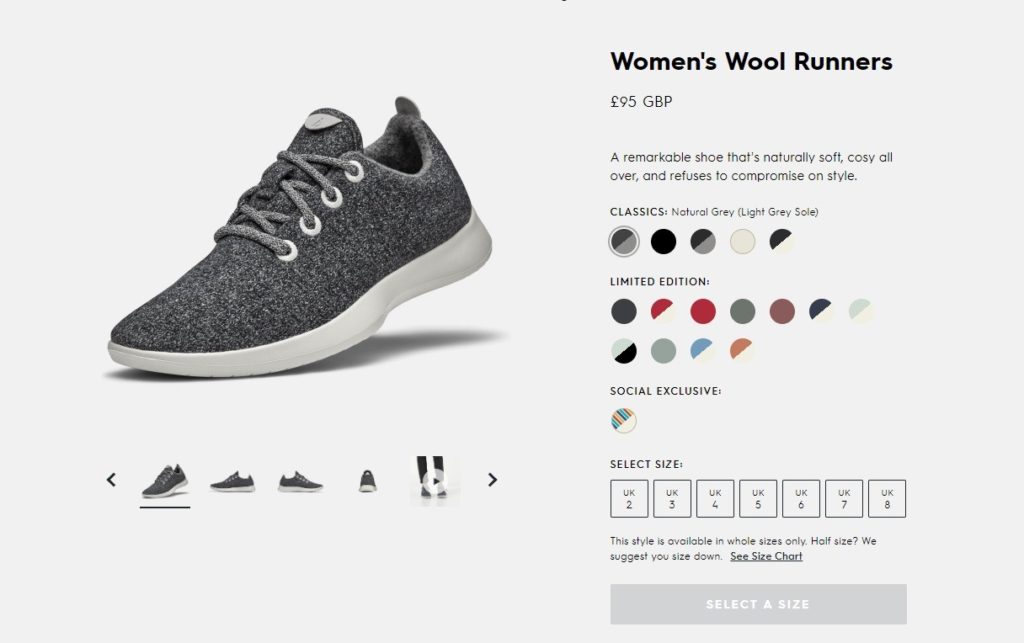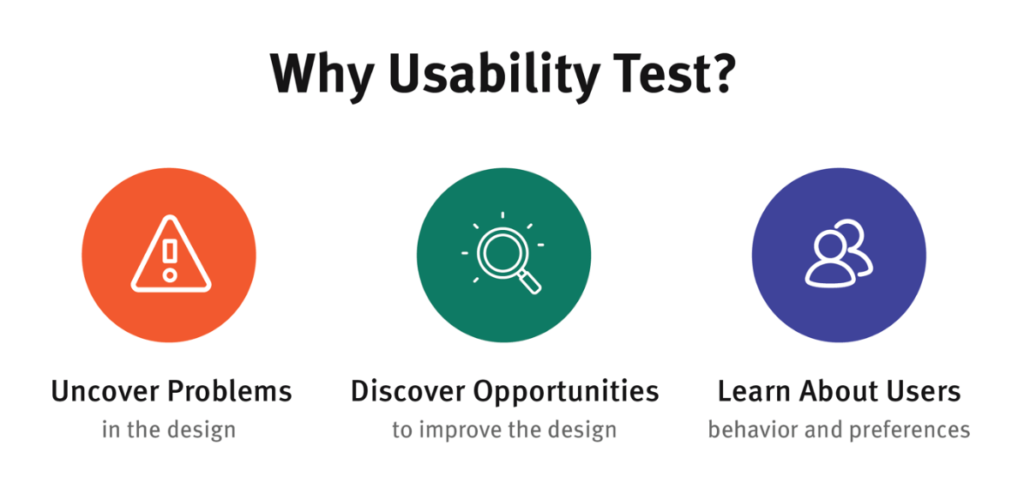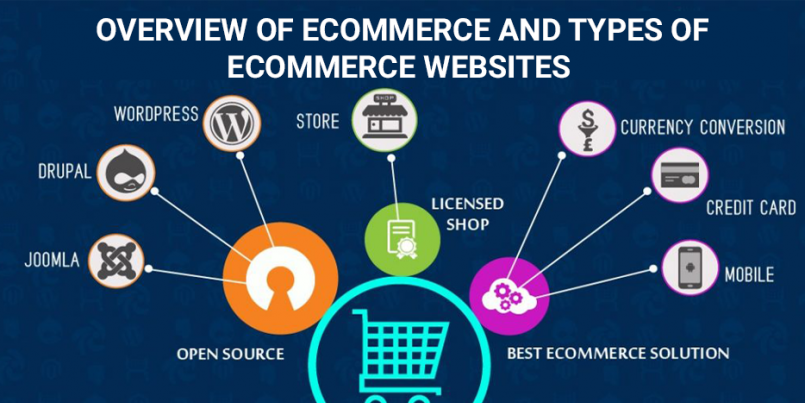By 2023, eCommerce will account for more than $6.5 trillion in sales, representing 22% of all global retail sales. Yet, it’s no secret that consumers have almost endless choices for buying products online. Whether you’re brick-and-mortar first or eCommerce all the way, it’s not enough to simply have a website where consumers can shop. To stand out in 2021 and capture your piece of the $4 trillion US consumers spend online, there are some apparent must-haves for your eCommerce brand and strategy. Here are our seven:
Strong User Experience
Okay, let’s be honest — having a well-architected, mobile-optimized site is essential to every business nowadays. That’s even more true for eCommerce brands. Nearly 86% of millennials are digital buyers, compared with 78% of Generation X and about 61% of baby boomers. As a younger audience, consumers want to shop and buy products easily across multiple devices.
In order to make the overall experience seamless, navigation must be user-friendly, the search must be accessible, and the overall experience should be seamless from the moment a user lands on the homepage to their final checkout.
High-quality Photography (& Maybe Even Video)
According to Big Commerce, 75% of online shoppers rely on product photos when making a purchase decision. How do you expect to sell a product if your buyer can’t get a good idea of what it looks like (from all angles)? Likewise, lifestyle-focused photography can help your customer envision how they can use your product in their everyday life. So, in addition to investing in a solid website as your eCommerce foundation, it’s essential to consider the photos and video that will live on that site and invest in the right photographer/videographer to capture high-quality content.

Usability Testing
Even the best web designers make certain assumptions when launching a new website. However, the only way to honestly know what your shoppers want and how they’re using the website is to test it. Many great tools capture user data — everything from essential analytics platforms to click and scroll tracking platforms. Pairing this data with a solid user testing strategy and a tool for split testing your hypotheses is a great way to form accurate conclusions about the user experience your customers want and need.

Marketing Automation
Did you know that the average documented online shopping cart abandonment is 69.8%, with consistently high abandonment rates every year.?! There are many reasons why this happens — price, checkout process, shipping time, etc. The key is still to recapture many of these lost shoppers through marketing automation and targeted eCommerce workflows. And that’s not all marketing automation is great for. With the right strategy, targeted workflows can also encourage repeat business, reviews, and social sharing and are great for driving customer loyalty long-term.
Social Engagement
30% of interviewed online buyers claim they would purchase directly from Pinterest, Facebook, Twitter, Instagram, or Snapchat. However, it’s not enough to simply exist as a brand on social; you need to create consistent, dynamic, targeted content for your customers across relevant networks. Each network should have its strategy and content custom-catered to the customer groups that interact with you there. That likely means high-quality lifestyle photography on Instagram, exciting articles for Facebook and Twitter, dynamic videos on YouTube, and a team to monitor and engage with your customers ongoing.

Influencer Marketing
According to Influencer Marketing Hub, the majority of brands 59% have a standalone budget for content marketing, and 75% of them intend to dedicate a budget to influencer marketing in 2021. So for consumer brands interested in customer growth, influencer marketing can be a great avenue to drive interest from massive audiences in a responsible way. And while it’s a more advanced eCommerce marketing tactic, when you consider that 47 percent of online consumers use ad blockers, it can be a great way to get in front of some consumer groups in an exciting, exciting way.
Regularly Updated Blog
Pretty much every brand wants more traffic to their website. And while there are many ways to drive traffic to a site, the best way to drive organic traffic is through a solid content strategy, which often centers around a blog. The key is to take the time to build your audience personas and create consistent content specifically for them. While time-consuming, companies that publish 16+ blog posts per month get almost 3.5 times more traffic than companies that publish 0-4 monthly posts, according to HubSpot.
Partner with Pyxl
While implementing these digital tactics can take a little investment in time and money, the returns will pay off. So if you’re looking for a full-service digital partner to help increase your eCommerce sales, don’t hesitate to reach out. From building a website to creating the strategy and managing it ongoing, we can help with all aspects of your digital strategy.
Updated: Mar 01, 2023
 Bonnie Winter
Bonnie Winter
 Kati Terzinski
Kati Terzinski Erin Murray
Erin Murray